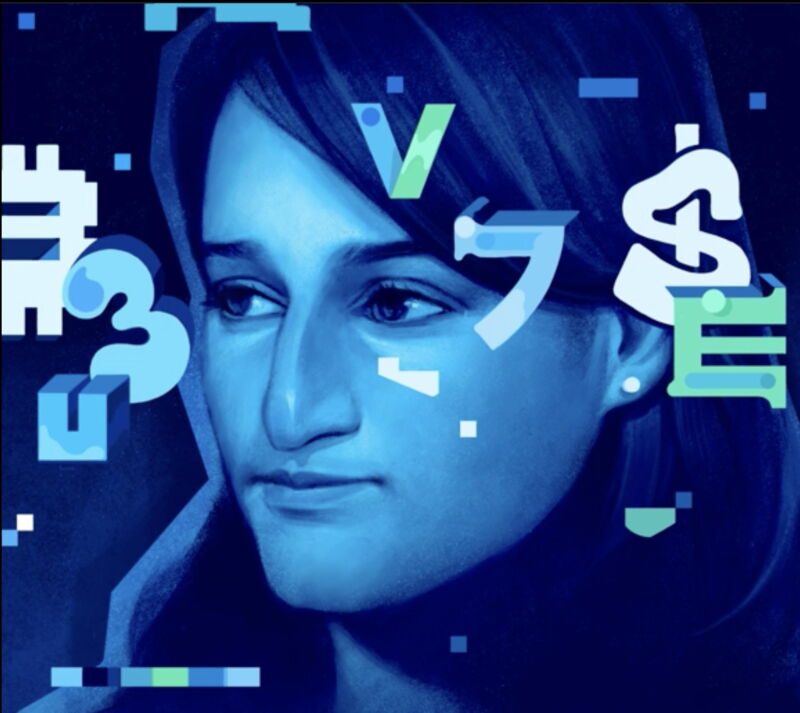How a 27-year-old busted the myth of Bitcoin’s anonymity

Enlarge (credit: Sam Rodriguez)
JUST OVER A DECADE AGO, Bitcoinappeared to many of its adherents to be the crypto-anarchist holy grail: truly private digital cash for the Internet.
Satoshi Nakamoto, the cryptocurrency's mysterious and unidentifiable inventor, had stated in an email introducing Bitcoin that participants can be anonymous." And theSilk Roaddark-web drug market seemed like living proof of that potential, enabling the sale of hundreds of millions of dollars in illegal drugs and other contraband for bitcoin while flaunting its impunity from law enforcement.
This is the story of the revelation in late 2013 that Bitcoin was, in fact, the opposite of untraceable-that its blockchain would actually allow researchers, tech companies, and law enforcement to trace and identify users with even more transparency than the existing financial system. That discovery would upend the world of cybercrime. Bitcoin tracing would, over the next few years, solve the mystery of the theft of a half-billion dollar stash of bitcoins from the world's first crypto exchange, help enable thebiggest dark-web drug market takedown in history, lead to the arrest of hundreds of pedophiles around the world in thebust of the dark web's largest child sexual abuse video site, and result in thefirst-,second-, andthird-biggest law enforcement monetary seizures in the history of the US Justice Department.